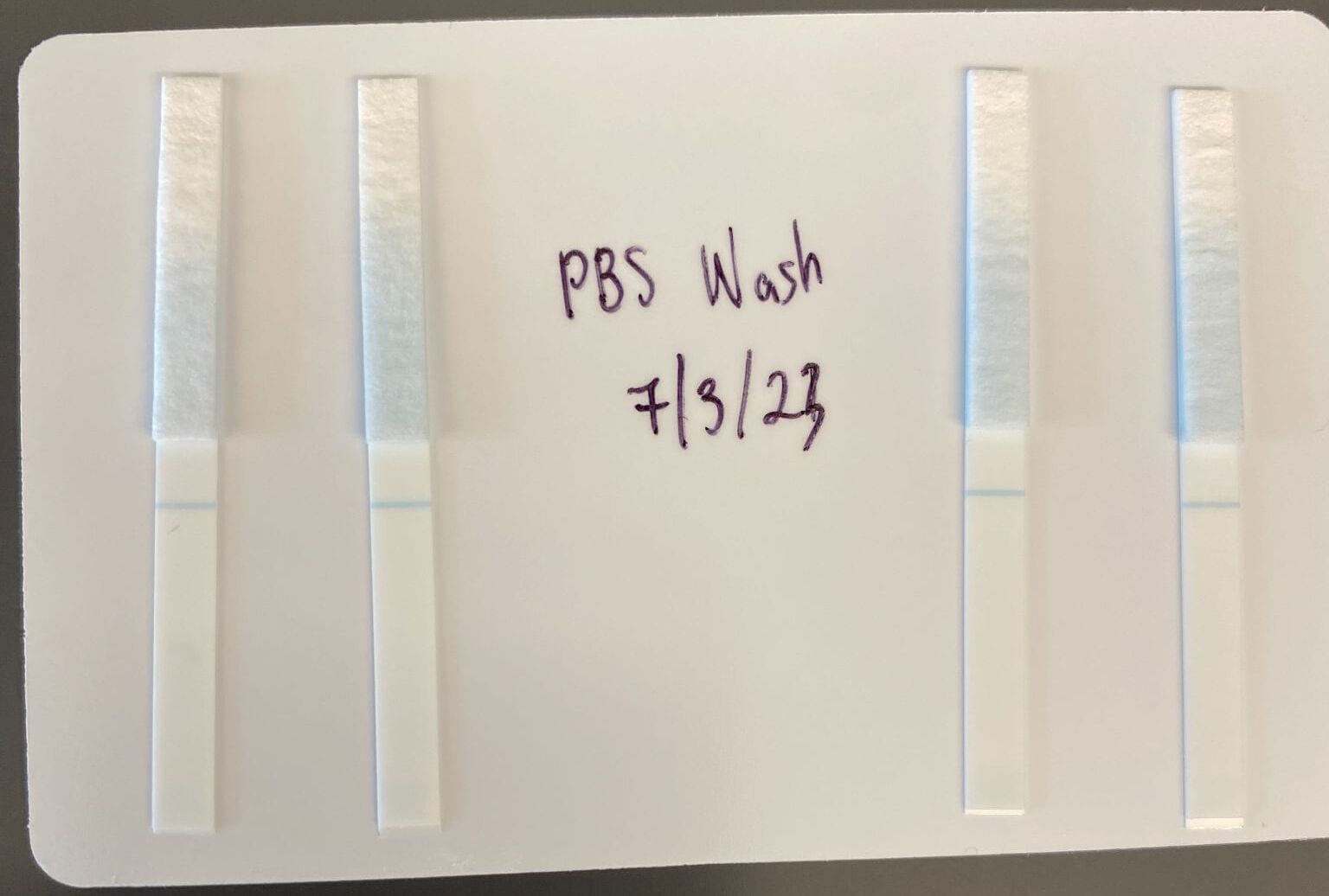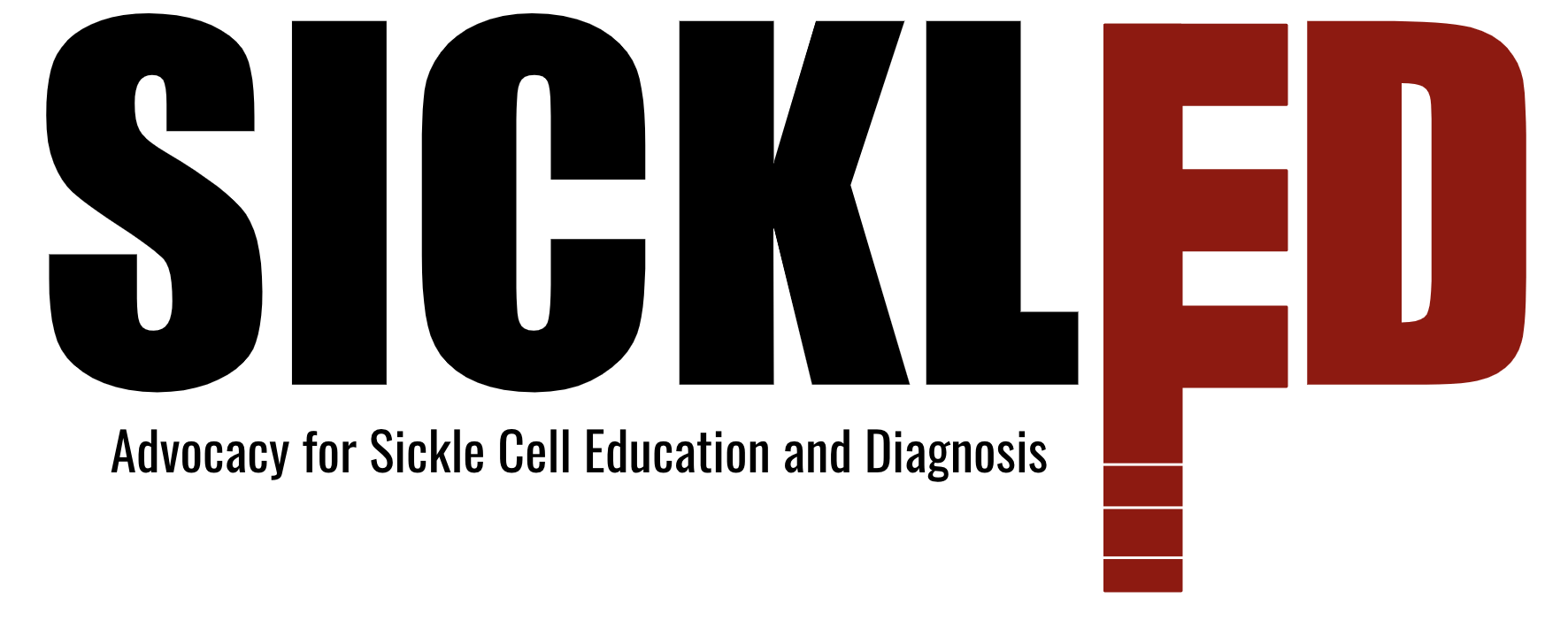Dialysis
We’ve had a number of experiments planned for the summer, all focused on optimizing specific aspects of our device. Part of this batch of experiments was implementing a less taxing/time consuming procedure for the dialysis of our antibodies. We’ve found a suitable alternative in column purification of our antibodies instead. It takes a fraction of the time and the procedure is quite simple. One of the team members had been using this method at OraSure since Week 2, but this week was the first time that we used column purification here at the lab in the Health Sciences and Technology building (HST). For this practice run, we ran five, 200μL segments through the column and used our Nanodrop to determine the concentration of each segment. As expected, the first and last segments had the lowest concentration of antibody, while the middle three held the bulk of it. Concentration goes down as more solvent is added, so in the future, only the middle three segments will be saved, while the first two will be discarded as waste. This ensures that we have the highest concentration of antibody possible for conjugation, which can then be diluted as needed.
Experiment 3: Determining Optimal Antibody Concentration for Conjugation
Last week, we conducted an experiment to determine the optimal concentration of conjugated antibodies to use for our strips. In other words, we conjugated four sets of beads, each with a different concentration of antibody, and saw which set ran the best. Recall that conjugation is the term we use to describe the process of attaching our indicator beads to our secondary antibody.

We attempted to dilute antibodies to concentrations of 0.05 mg/mL, 0.1 mg/mL, 0.25 mg/mL, and 0.5 mg/mL respectively. However, when the concentrations of these dilutions were read, they differed slightly from their intended values.
As pictured above, the beads conjugated with an antibody concentration around .200 showed the best results, as this line is much brighter than the others. Moving forward, conjugation will be conducted using antibody concentrations ranging from .2 to .25 for optimal results. The results of this experiment were exciting to see as it’s been quite some time since we’ve seen so many test line results in lab.
Not only did this experiment yield interesting results, it also served as an introduction to the new conjugation procedure for members. The procedure had been run at OraSure several times, but this was the first time it was run in HST. We learned several key takeaways that will ensure that conjugation runs just as smoothly in the future as well. For example, when a step in the procedure calls for mixing via pipette, it’s important that minimal air bubbles are introduced into the bead solution. Any bead clumps must be evenly dispersed throughout the mixture as well. Doing these helps ensure that the bead mixture is homogeneous, and ensures we get the best test line possible.
Experiment 4: To Wash or Not to Wash?
After finding the optimal concentration of antibody in experiment 3, we moved on to experiment 4, deciding if washing the conjugated antibody with PBS (phosphate buffered saline solution) made a difference in the clarity of test line results. The original conjugation procedure that the team has been using over the years used 3 extra washes with PBS after removing the quench solution from the beads (for more clarity on bead conjugation procedure, visit week 1’s post and view our conjugation graphic!). This step is not within the original conjugation protocol provided by the latex bead manufacturer, and is something the team decided to add in years prior. This experiment essentially sought to determine whether this extra step was necessary or not.


The image on the right shows 4 strips run with conjugated beads that did not receive extra PBS washes, while the set on the left was run with conjugated beads that did.
Visually, the results don’t look much different from one another. Initial qualitative analysis from team members determined that the strips run with the beads that received extra PBS washes looked a bit darker than those without. These results will be confirmed next week at OraSure when we run a particle analysis to determine which set has the highest degree of homogeneity.
New Direction for Fieldwork
If you recall from our week 2 blog post, the original plan for fieldwork was to target education on SCD in Sierra Leone. We planned on talking to current healthcare professionals, students studying to become healthcare professionals, their teachers, as well as SCD advocacy groups. However after meeting with one of our faculty supervisors this week, we’ve begun to revise this plan. The team realized that instead of simply asking questions about education that we may not find satisfactory answers to, we can develop our own educational platform and see how students and teaching staff respond to it. As of right now, we plan on creating a set of hour-long workshops that address everything there is to know about SCD, and tailor it to each group as needed. This way, we can get tangible feedback on this platform while in Sierra Leone and make changes to it while we are there.
That’s all for this week’s updates, come back next week for more insights into SicklED’s summer processes!
